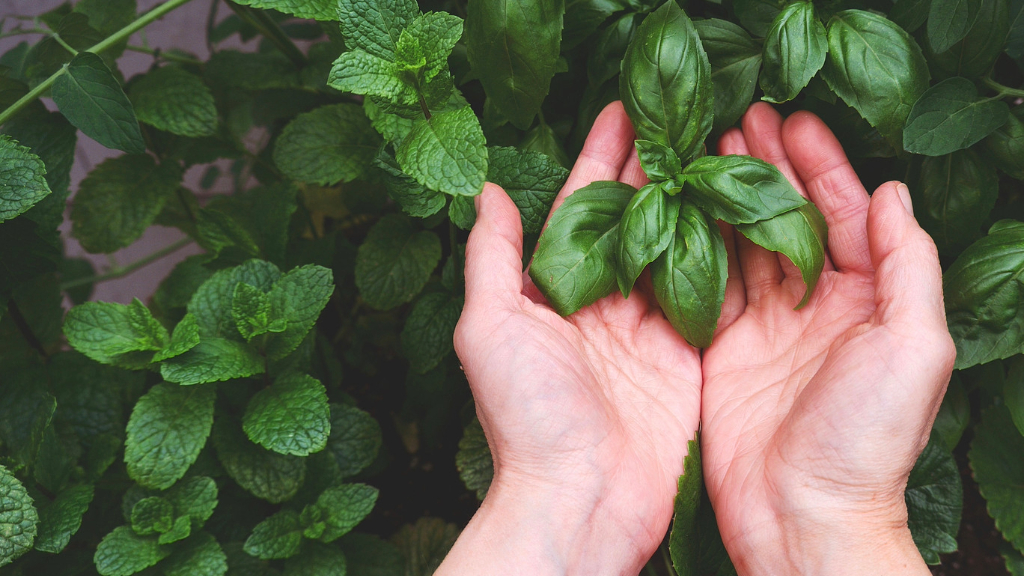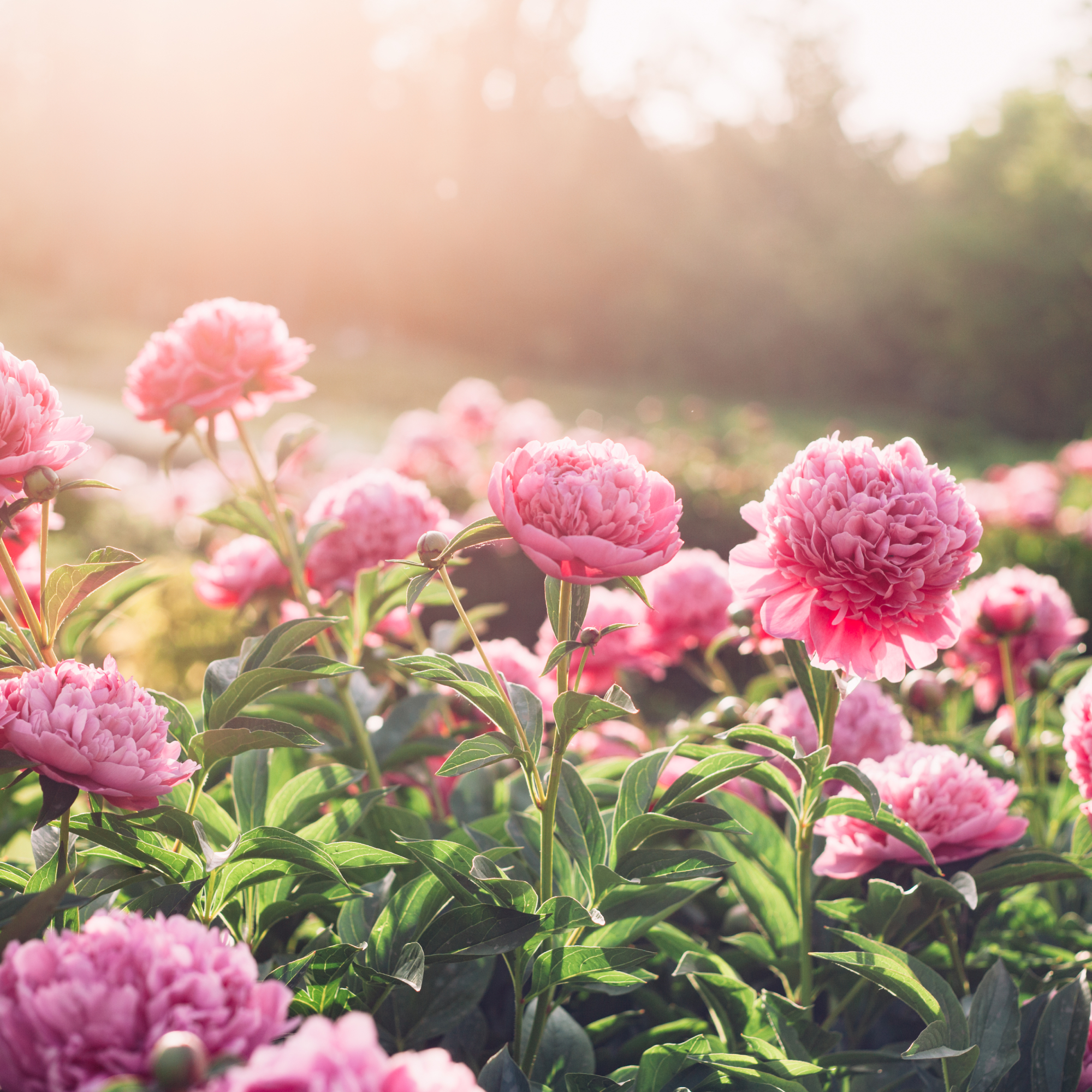Fresh Basil vs. Using Dried


Did you ever read something that you just didn't agree with? I've eaten a lot of basil in my life and hands down, nothing compares to the aromatic flavor of fresh basil. Yet time after time, I read how dried basil is more flavorful than fresh. Bah-humbug, I say!
When it comes to basil, nothing beats fresh. And considering how easy it is to grow basil indoors, why settle for those dry faded leaves?
Growing Basil at Home
Most often, visitors will find an indoor basil plant growing in my kitchen. This easily-cultivated herb is a member of the mint family and is incredibly tolerant of less-than-ideal growing conditions. Basil likes full sun, so a bright southern-facing window is the biggest requirement for growing basil at home.
Easy Care
I typically check my basil plant about twice a week and thoroughly water it when the top layer of soil is dry. An indoor basil plant doesn't need an abundance of fertilizer; a good quality potting soil and a pot with drainage works well.
If there's one thing basil doesn't tolerate, it's cold weather. When growing fresh basil outdoors, I discovered even a light frost will turn my basil plant black. During the winter, I move my indoor basil plant away from my old windows as the glass can transmit cool air into the house and chill the basil.
Growing Fresh Basil Indoors
In fact, basil's intolerance of the cold is the main reason I grow basil indoors. I absolutely love fresh basil leaves, but finding them in the grocery store can be difficult. Most refrigerated cases are maintained at or below 40 degrees F. (4 C.). At these temps, basil leaves can be damaged by the cold.
Transporting a package of fresh basil leaves during the winter months is also problematic. The leaves may look nice and green at the store, but can be black by the time I arrive home. Grocers have solved this problem by offering live basil plant in their produce departments. Which leads to my secret for growing fresh basil at home.
Gardening tips, videos, info and more delivered right to your inbox!
Sign up for the Gardening Know How newsletter today and receive a free copy of our e-book "How to Grow Delicious Tomatoes".
For a few dollars, I can buy these ready-to-use basil plants. It's much faster and easier than starting my own plants and waiting for them to become a usable size. Since the plants are marketed as an alternative to harvested basil leaves, the pots are quite small. Upon arriving home, I immediately transplant the basil into a larger 6 inch (15 cm.) pot using a quality potting soil.
From there my indoor basil plant is easy to maintain. I pick the leaves as needed and pinch back the growing tips to produce a bushier plant. Indoor temperatures rarely prompt bolting. But if I see blossoms forming, I simply pinch them back as well. Should the plant become stringy, I remove the soft-stems and place the cuttings in water to root. Once roots have formed, I plant the cuttings in fresh soil.

Laura Miller has been gardening all her life. Holding a degree in Biology, Nutrition, and Agriculture, Laura's area of expertise is vegetables, herbs, and all things edible. She lives in Ohio.
-
 Do Deer Eat Peonies? How To Keep Them Away And Save Your Gorgeous Blooms
Do Deer Eat Peonies? How To Keep Them Away And Save Your Gorgeous BloomsPeonies are not usually favored by deer, but sometimes they go after the young shoots of the plants anyways. Learn how to keep deer away from beautiful blooms.
-
 15 Best Vegetables To Plant In May For A Summer Bounty Of Fresh Homegrown Produce
15 Best Vegetables To Plant In May For A Summer Bounty Of Fresh Homegrown ProduceGet planting your dream garden with these best vegetables to start in May – including options for direct sowing, indoor seed-starting, and planting seedlings.